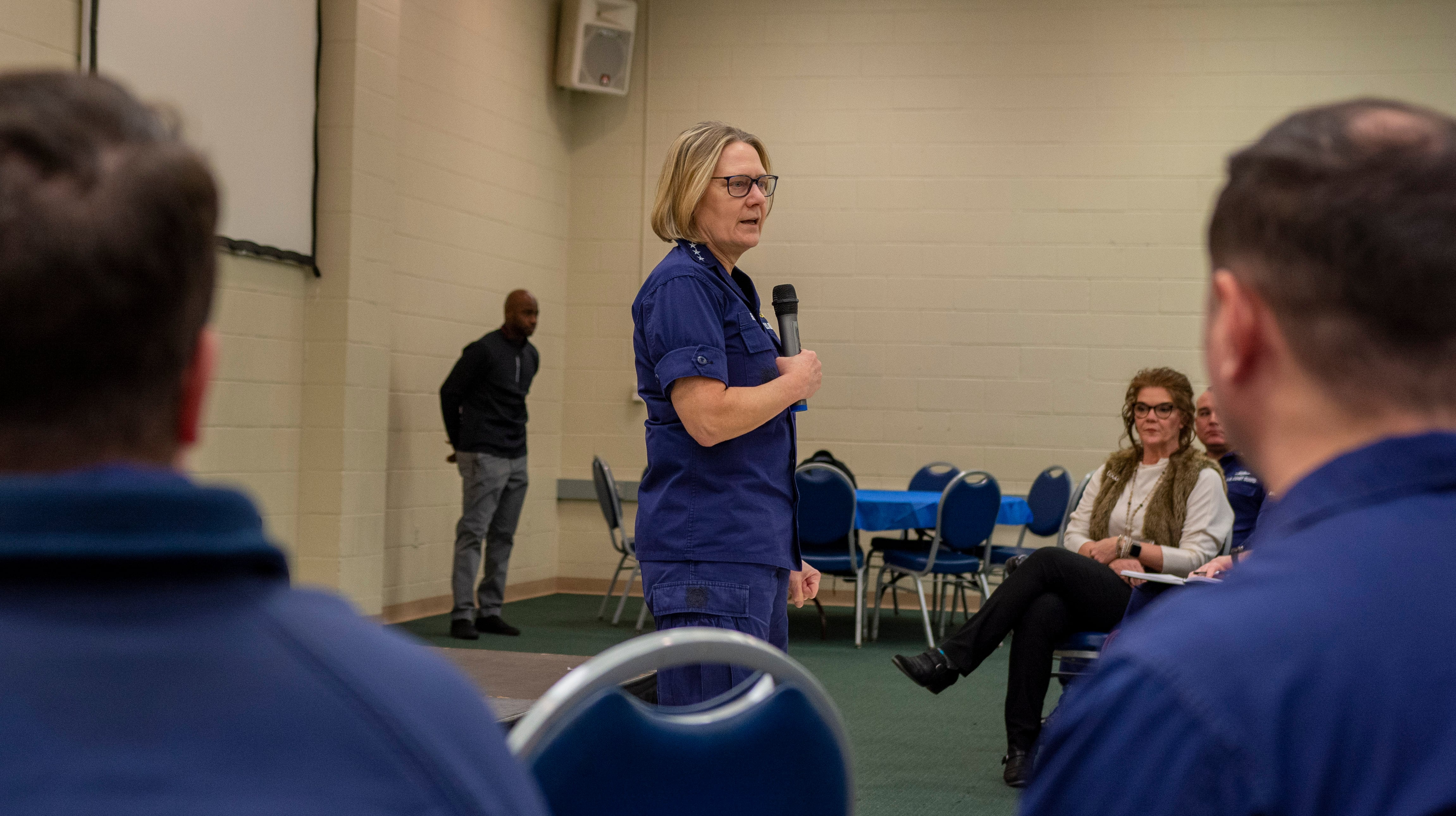Navy and Marine aviators are contending with an unseen danger in flight: The unexpected loss of breathable air.
What makes this especially tough to fix is that the very symptoms of this hazardous oxygen depletion — numbness, impaired judgment, dexterity loss — affect the sufferer's capacity to recognize it.
This year, as awareness rises, Navy and Marine F/A-18 Hornet and EA-18G Growler aviators are on track to report more than 100 of these air flow problems, which can lead to fatal mishaps. Aviators say they’re fed up. According to internal reports, these incidents are naval aviation'sthe fleet’s top safety concern — by a factor of 10.
They should be. They're right.
The more than 1,000 naval aviators who fly these planes have a right to be worried and upset. Navy and The Navy and Marine Corps brass have long known of the problem, yet it persists. Rather than They must redouble efforts to diagnose and fix the physiological episodes like oxygen depletion and decompression sickness that are plaguing the fleet. In February, the director of air warfare testified that he had never personally experienced these problems during his three-decade career, a comment that some aviators took as downplaying the severity of the problems that they or colleagues have experienced.According to internal reports, these incidents are naval aviation'sthe fleet’s top safety concern — by a factor of 10.
Some of the problems stem from contamination of the breathing air. Navy engineers have spent eight years developing a sensor to detect this and low air flow, but there’s still no sensor installed in the planes as the development process continues. These sensors need to be fast-tracked to completion and fielding, so fliers can at least detect when there’s a problem with the air flowing into their regulators and manually switch to their backup air tank. That's a responsible short-term solution until the larger air flow issues are fixed.
Rep. Niki Tsongas, who first publicly raised this issue in a February hearing, is right to call for an independent review to ensure officials consult with technical and medical experts outside the Defense Department in attempting to finally fix the complex air flow systems the services have spent years attempting to repair.
Efforts to address these problems go back at least eight years and raise legitimate concerns about workplace safety — problems that it's past time to fix.





